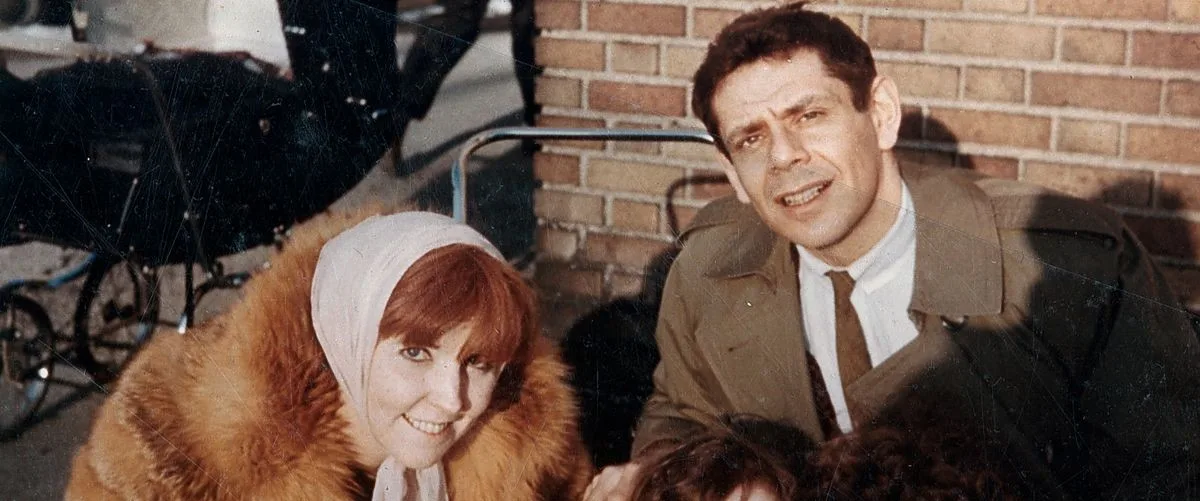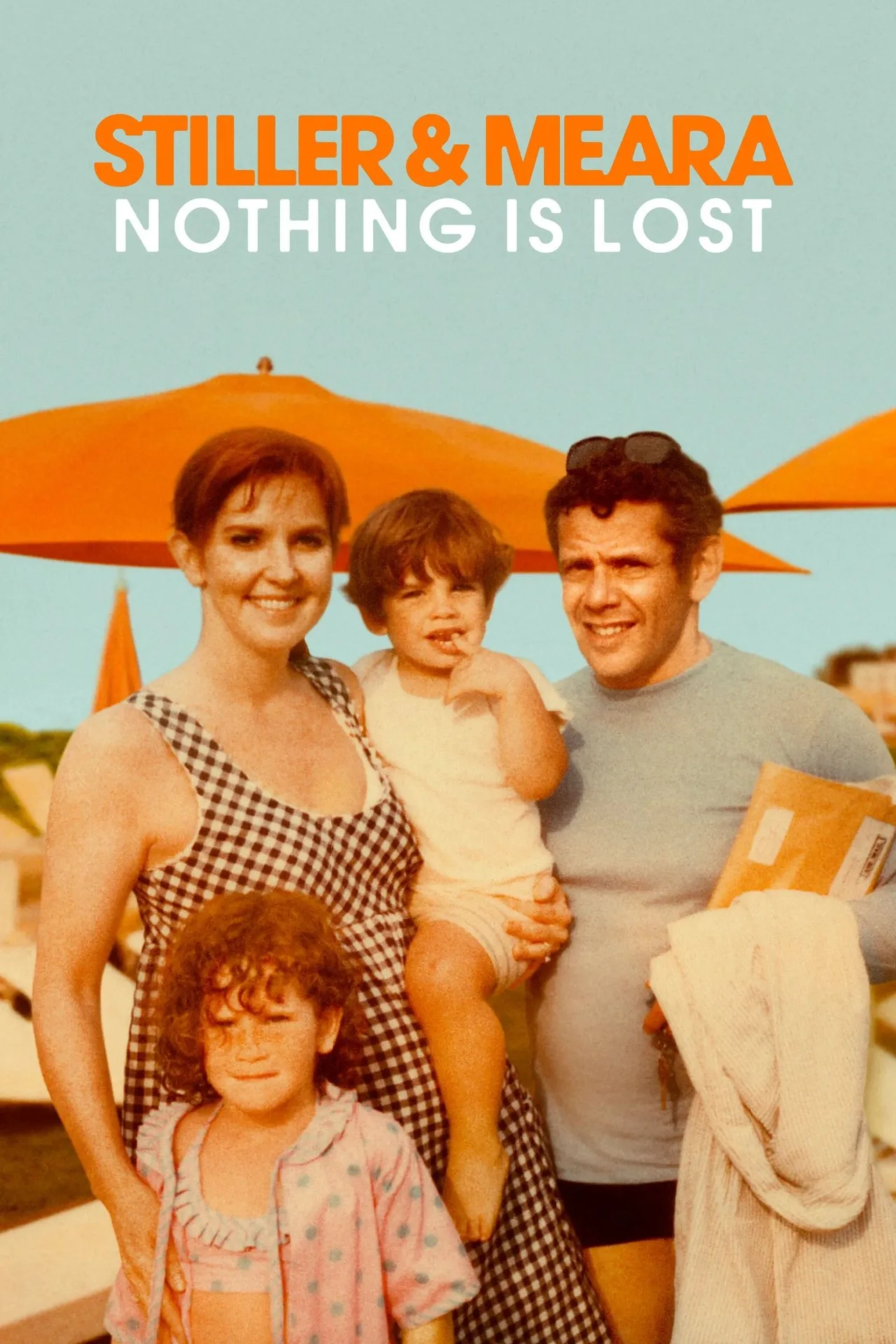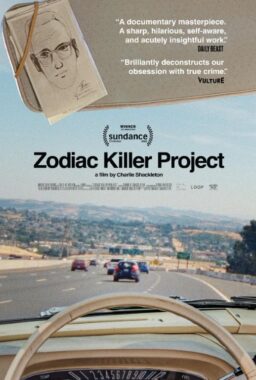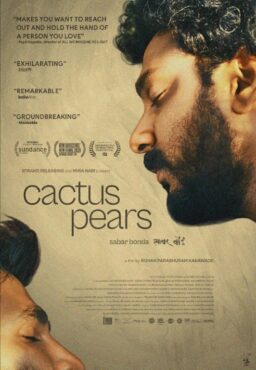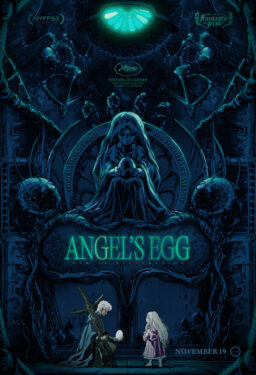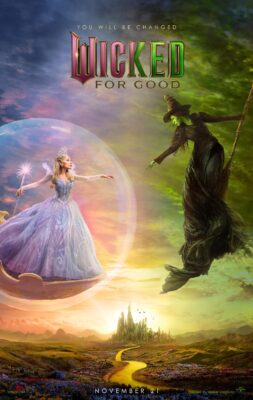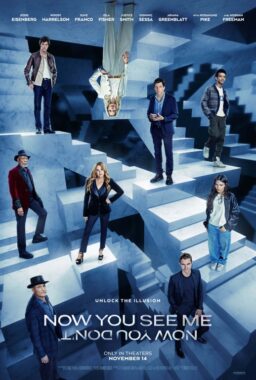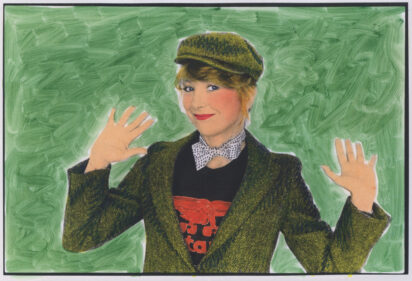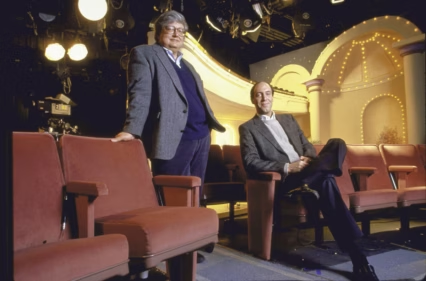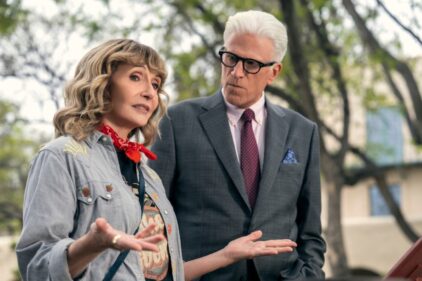In 1954, young actors Jerry Stiller and Anne Meara were married after a short and passionate courtship. They stayed married until Meara’s death in 2015, with Stiller passing away only 5 years later. Facing the loss of both his parents and the apartment he grew up in with his older sister Amy, actor and director Ben Stiller decided to open up the family archives and make a film about one of comedy’s most memorable couples. Throughout the ‘60s, the two performed as Stiller & Meara, a comedy act that often blended the personal with the professional, putting an image of their marriage on display for the world to see. The two came from different worlds–Jerry was Jewish, Anne was Irish-Catholic. Jerry wanted to succeed in comedy, and Anne had dreams of being a respected, dramatic actress. Noticing how effortlessly funny his wife could be in their everyday life, Jerry pushed for Anne to embrace comedy. With a mixture of love and ambition, the duo of Stiller & Meara was born, propelling the couple towards fame and success.
Behind the scenes, there was tension. Jerry wanted to do everything with Anne, while she craved emotional and professional independence. Stiller delves deep into the familial trauma of both his parents and how that trauma manifested within their roles as actors, coworkers, and parents. While they both dealt with melancholy, Jerry’s solution was work, success, and public adoration. Meara didn’t care much about any of that, drinking to excess to deal with the pressure of it all. Stiller’s empathy for his mother is a highlight of the film. It’s rare to see a son speak of his mother as a complex woman, especially when that complexity could so easily be painted with a broad, misogynistic brush. The inclusion of his older sister Amy adds further dimension to the family portrait, allowing the two to have frank, vulnerable discussions about what it was like for them growing up.
“Stiller & Meara: Nothing is Lost” is an intimate family portrait that incorporates home video footage and recorded conversations between the titular couple. One of the first things we learn about Jerry is that he wanted to record everything his wife and children did, from the regular family moments to rehearsed skits and performances. The archival footage of Stiller & Meara’s performances plays throughout the film, providing context on how specific jokes were developed between the two. For a decade, their marriage doubled as a constant rehearsal, pouring every bit of themselves into their act. After a successful appearance on “The Ed Sullivan Show,” the couple became a sensation, performing in clubs every week. As their children grew older, they too became part of the act, appearing on talk shows and performing alongside their parents.
In recent years, the term “nepo baby” has gained significant attention, referring to a famous person in entertainment who also happens to have famous parents. Stiller’s film fully embraces both the good and bad implications of the term, despite never once using it on camera. In one raw moment, Amy opens up to Ben about how it felt to watch him become famous while she struggled to break into the industry. Ben is quiet as she speaks, giving her the space to fully express herself. Ben’s wife, actress Christine Taylor, is also present in the film, discussing their relationship on and offscreen. The couple’s son, Quinn, and daughter, Ella, are also given a platform to speak, discussing the difficulties of having a father who is both busy all the time and constantly recognized by his adoring fans. As we learn more about three generations of Stillers, the film takes the shape of a family therapy session that just happens to be lovingly crafted into a feature documentary.
The film also serves as a fascinating snapshot of American comedy history, illustrating how much the industry has evolved over time. When Stiller gets into his parents’ careers after they stopped working together, we see how changing times affect each of their public personas and career prospects. Audiences often forget that comedy is physically and mentally challenging–it only looks easy to get on stage and be silly. There is craft to making an audience laugh, and Stiller & Meara were professionals who were always writing, rehearsing, and trying to put on the best show possible. “Stiller & Meara” is a fascinating window into not only the history of this famous family but also the beautiful and punishing nature of performance itself.
This review was filed from the premiere at the NY Film Festival. It opens limited on October 17 and is on Apple TV+ on October 24.

